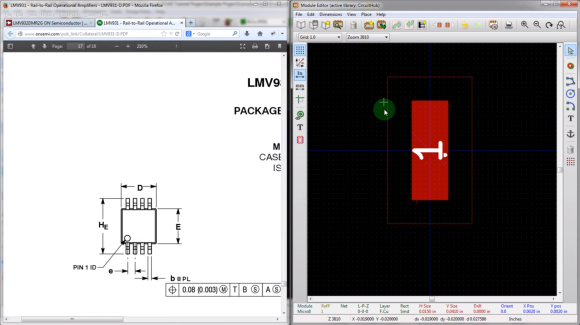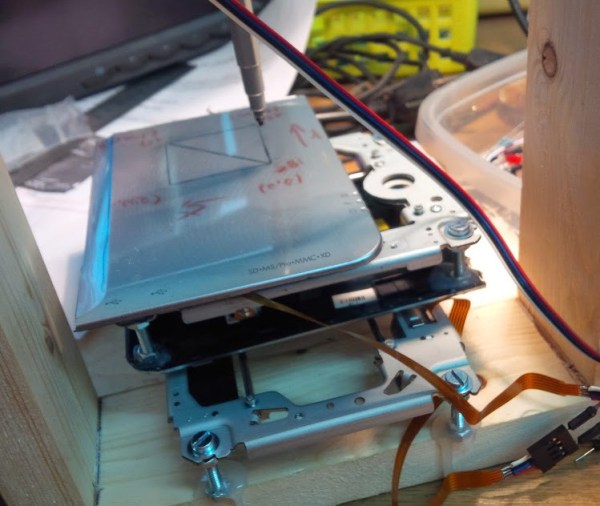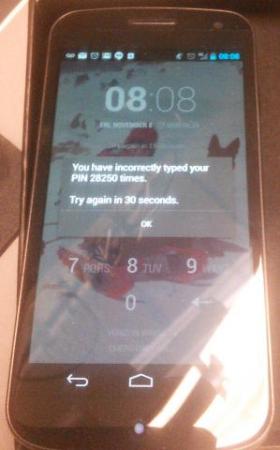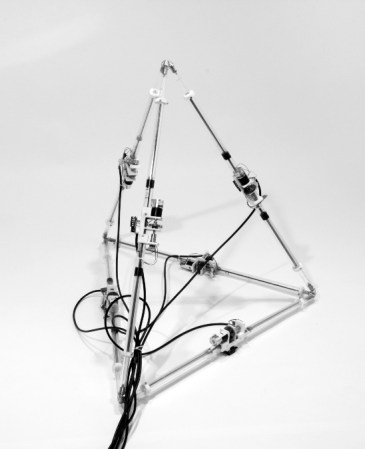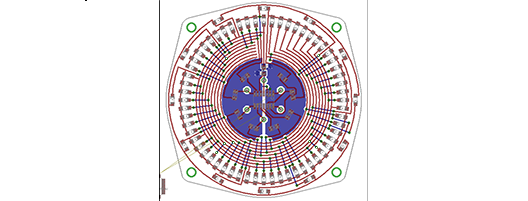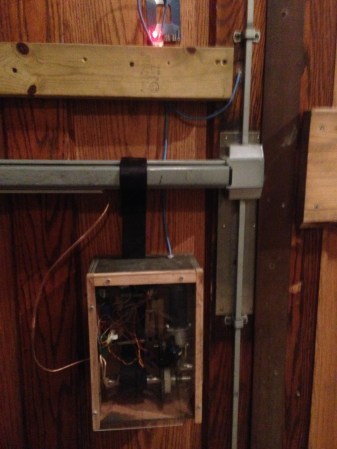
We love hackerspaces. Some of the most innovative solutions come from them thanks to having like-minded people all hanging out in the same place. Just take a look at this awesome RFID door system from the Lansing Makers Network that doesn’t require any modification of the door.
The majority of the mechanism was previously a model draw bridge that the space purchased from a surplus store — it just needed a bit of hacking. Almost all members of the space had some part in the project, whenever the build hit a snag, another member always had the right solution. It works by using a windshield motor that tightens a seatbelt around the push-bar latch of the door — the beauty of the system is it is completely non-damaging to the door, and the door works exactly the same as before. The whole system is controlled by RFID tags, which the members have as keys to the space.
It’s an awesome project and [Brian] has written a really great write-up on it, which also happens to segue nicely into the topic of hackerspaces. He describes hackerspaces as
the Wikipedia of real life, and everything else here [tools, equipment, resources] is just the lure that pulls us all together.
Stick around after the break to see the mechanism in action!


